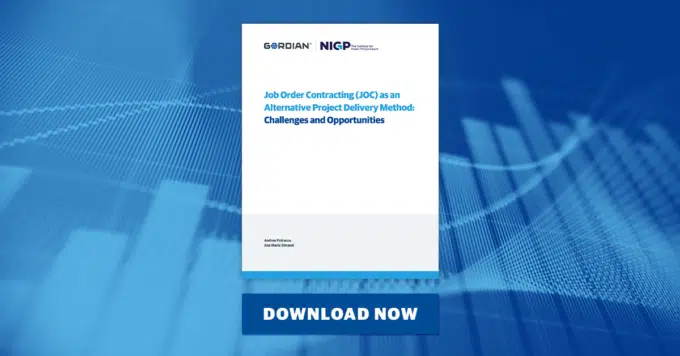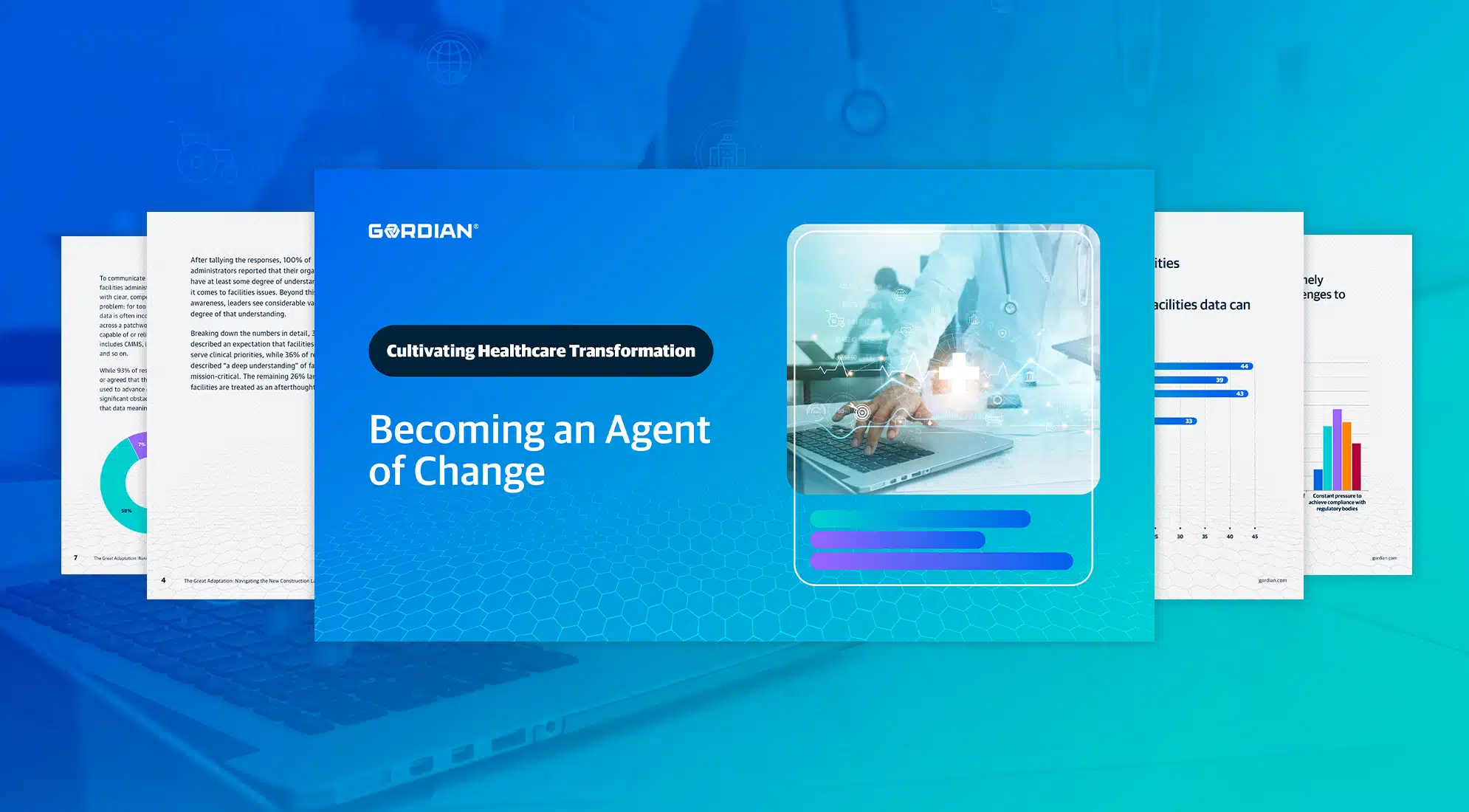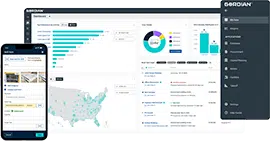A New Pathway for Construction Contracting with the Canadian Public Sector
Introduction
The construction sector in Canada is currently experiencing unprecedented commercial opportunities. Despite efforts to combat inflation through higher borrowing rates, the industry continues to see a steady demand for services. A peak in demand for affordable housing, coupled with various programs aimed at streamlining processes and stimulating activity in housing supply, has created a favorable environment.
Furthermore, developers in commercial real estate are restarting projects in anticipation of a decrease in lending rates. At the same time, governments at all levels are increasing investments in institutional real estate, such as educational, health and recreational facilities. However, despite these opportunities, many industry professionals are facing significant challenges and are seeking innovative solutions.
The Challenge
The headwinds were always there, but they seem to have strengthened with the pandemic. The availability of skilled labour in sufficient supply is being described as “critical.” Despite consolidated efforts by construction associations and many governments, the industry is failing to attract and retain skilled labour. Supply chain disruption and increased demand for materials has led to unpredictable material costs, making it hard to assemble competitive bids that have reasonable margins. All this is leading to countermeasures such as complex risk allocation and “alliance” contract models that are meant to protect parties against cost exposure. In an already often adversarial and litigious industry, these complex contracts may be necessary, but also tend to increase the pre-construction and contract management effort of all parties to ensure they are not being disadvantaged.
A frequent observation is that public sector contracting partners are not always helpful in this regard. In addition to an abundance of contracting vehicles (many of which are outside of the Construction Contracting Document Committee (CCDC) framework), public entities are asking their construction procurement teams to respond to additional public benefits such as specific social or environmental outcomes. This comes at a time when procurement teams are also experiencing skill gaps due to retirement or departures to lateral procurement career opportunities in new and interesting business lines.
Frequent are the lamentations of contractors of inexperienced yet authoritative procurement teams managing technically and cost-complex construction tenders. A recent article in Lexpert of Business Law quotes Mark Platteel as saying, “Procuring authorities are, frankly, needing to be responsive to some of these contractor and developer demands to move to a more progressive model” and “Because they are otherwise finding themselves with not enough bidders, or bidders dropping out.” Finally, while less frequent than private owners, the delays in prompt payment post job-completion have been problematic, particularly with higher borrowing rates, leading to the introduction of prompt payment legislation in many jurisdictions. In a time when public entities need to serve a leading role in strengthening partnership in a challenged sector, these circumstances often exacerbate the challenges.
A Solution
In addressing the challenges faced by strained or inexperienced procurement teams, modernized procurement processes enabled by digital data and technology present a promising solution. One such approach gaining traction is Job Order Contracting (JOC), an Indefinite Delivery, Indefinite Quantity (IDIQ) procurement method. In Canada, cities like Richmond and Mississauga have implemented JOC programs since 2009 and 2017, respectively, with regional programs in place in Ontario for Kinetic GPO members. This approach utilizes a single compliant, competitive contract to deliver a program of projects, especially focusing on renewal, repair and minor alteration projects.
Gordian is one company that supports JOC, but there are others. Exploring Center for JOC Excellence, a nonprofit resource for Job Oder Contracting, can provide valuable insights into various procurement methodologies, including JOC.
At the core of Gordian’s JOC is a pricing model that incorporates a Unit Price Book or Construction Task Catalogue of locally indexed input costs of labor, material and equipment, along with the contractor’s bid adjustment factor on every task item, regardless of the project. This approach addresses the problem of using the same contracting methods and scarce procurement and project delivery capacity for low-complexity projects as for complex mega projects, benefiting both public sector owners and contractors.
The Benefits for Contractors
Participation in JOC programs offer several advantages for contractors. Firstly, it reduces the pre-construction effort required to bid on multiple projects, streamlining the process and eliminating wasted efforts on unsuccessful bids. This can significantly reduce procurement costs, as demonstrated by a McKinsey report. Secondly, the contractual nature of JOC incentivizes contractors to deliver quality work, fostering a positive shift towards partnership with public sector clients. Finally, the transparent task list and cost structure facilitate prompt payment and streamline change order processes, ensuring steady cash flow for contractors.
The Benefits for Owners
Owners involved in public construction projects can find value in various aspects of JOC, including:
- Efficiency and Streamlined Procurement: Owners benefit from streamlined procurement processes, as JOC allows for the efficient execution of multiple projects under a single contract. This reduces the administrative burden and accelerates project delivery timelines.
- Cost Control and Predictability: With predefined unit prices and a catalog of tasks, owners can effectively manage project costs and ensure budget predictability. This helps in financial planning and prevents cost overruns commonly associated with traditional procurement methods.
- Flexibility and Adaptability: JOC provides owners with the flexibility to address unforeseen maintenance and repair needs promptly. The contract’s task-based structure allows for quick response to emerging issues, ensuring that facilities remain operational and well-maintained.
- Quality Assurance and Accountability: Owners can expect enhanced quality assurance through JOC, as contractors are incentivized to deliver high-quality workmanship to maintain long-term partnerships. The transparent nature of the contract fosters accountability and ensures that project objectives are met satisfactorily.
- Risk Mitigation and Compliance: JOC contracts often include provisions for risk mitigation, ensuring that owners are protected against unforeseen circumstances such as material price fluctuations or project scope changes. Additionally, JOC frameworks are designed to comply with regulatory requirements, providing owners with peace of mind regarding legal and regulatory compliance.
- Community Impact and Stakeholder Engagement: By efficiently delivering projects, JOC contributes to positive community impact by improving infrastructure and public facilities. Owners can engage stakeholders more effectively, garnering support for construction initiatives and fostering community goodwill.
By leveraging JOC methodologies, owners can optimize project outcomes and effectively serve their constituents’ needs.
Conclusion
In the face of strong demand for construction services, the industry is grappling with various challenges. JOC has emerged as a solution to streamline procurement processes, foster partnership and support business growth for both large and small enterprises. By adopting innovative approaches to construction contracting, all parties involved can work towards achieving value for taxpayer funds and high-performing institutional real property in communities.
Click HERE to watch a three-minute introductory video on JOC.









